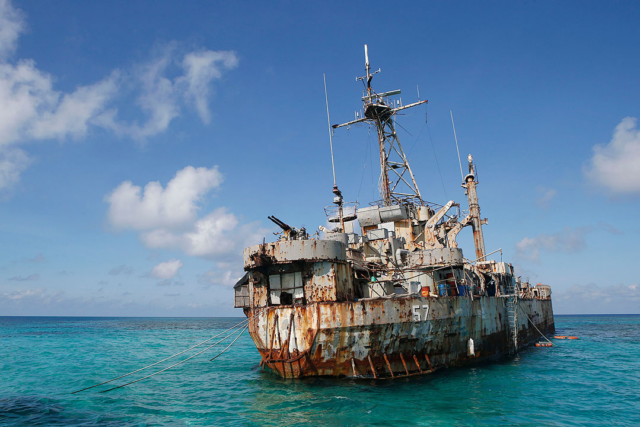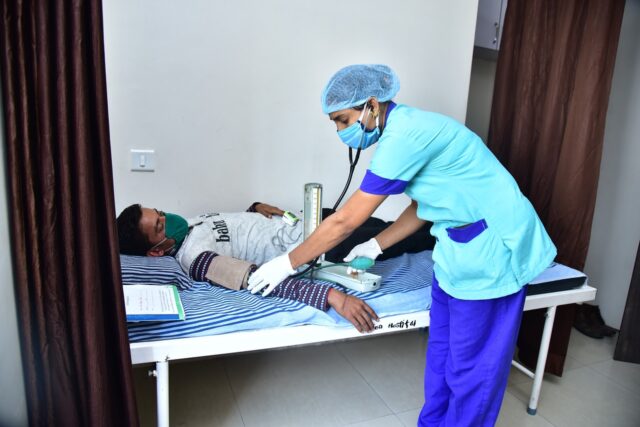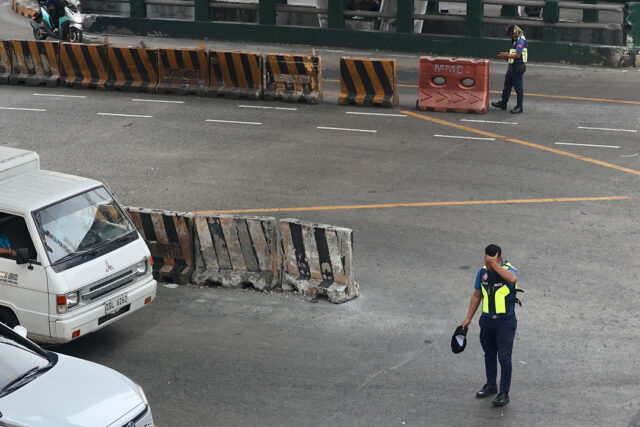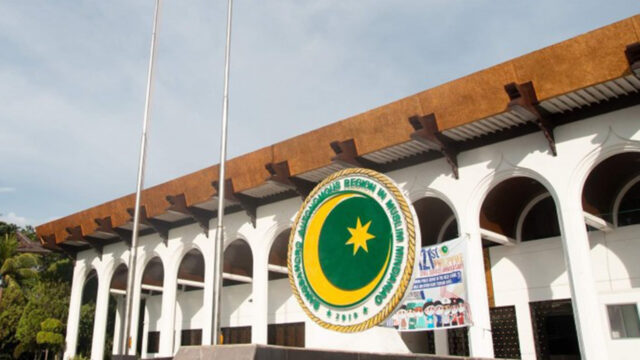The comfort of routine
When a personal health crisis arises, requiring long hospitalization, it disrupts the flow of the day one is used to. A new set of activities take over, like having one’s blood extracted at 4 a.m. — Sorry to wake you up sir. Gone is the previ-ously predictable set of meetings and lunches, the old routine.
The comfort of routine, with its anticipated set of events, is not just embraced by old people who need to put handrails on their now retired state. It is also the refuge of organizations that are sometimes visited by the unexpected.
Airport congestion, resulting in cancellations of flights maybe from stalled airplanes blocking the runway due to floods, needs to be untangled. The stranded passengers have to eventually be rebooked, the runway cleared, and the flights rescheduled in an orderly manner before the airport authorities can declare “business as usual.” Back to the routine.
A crisis is considered defused only when the expected routine is restored, and the organization is back on its feet to deliver its products and services as its customers are used to.
Disruptions of all sorts derail the ordinary course of business and life. They include interruptions like power outages, elevator repairs, floods, labor strikes, pandemics, and supply chain interruptions that result in the shortage of rice and chickens. These glitches throw off the business routine and require soothing assurances from management of an expected return to normalcy, even giving a timeline (power will be restored by tomorrow morning).
Even planned inconveniences like lobby renovations or rerouting of traffic due to the laying of new water pipes need to project how long the departure from routine is likely to take. Still, even the reduced status of service provision is announced as uninterrupted — we are still open. Such an assurance already presumes that expectations of a complete range of products and services being unavailable — chicken rice will not be on the menu today.
In situations where a crisis is as yet not publicly admitted, the illusion of normalcy is even more critical to maintain, like a placid duck floating above the water with its feet frantically paddling underneath.
This story of hiding a crisis and projecting a state of wellbeing is explored by the acclaimed Japanese director, Akira Kurosawa, in his classic film, Kagemusha. A petty criminal look-alike is recruited by a Shogun to be his double. When the lord is wounded in battle and eventually dies, the double assumes his role in ceremonies and staged events, learning his mannerisms to keep the illusion going. The deception of strength is a delaying tactic to ward off hostile attack while in a weakened state.
The use of a political decoy, such as the one employed by the Takeda Clan in the Kurosawa movie, has its risks. Attempts at normalcy while covering up a crisis can be eroded by whist and explanations that lose their con-sistency. Such crises like undisclosed health problems of leaders, unfinished projects, or failure to meet debt obligation involve a big cast of characters and have many moving parts.
Companies with an internal crisis sometimes choose to hide this from the public, or even from their investors, hoping to somehow address them quietly. This strategy of non-disclosure, even when the magnitude of the problem is a sur-vival issue, like an unreported financial loss or a bad investment that needs to be written off, sometimes seems the only option. Public knowledge of the real situation can go beyond reputational risk.
Maintaining the veneer of business-as-usual in an undisclosed crisis does not have to be a conspiracy. But so often, it is still a shared secret of those in the know, keeping many others in the dark. Like the meteors that wiped out the dinosaurs that lived for a hundred million years (give or take a few centuries), disrupters of even dominant businesses can wipe out a corporate species, even a market leader. A change in technology can do that.
Even in life, getting back to a routine after a crisis is part of the healing process. How comforting it is to have a day unfold according to expectations. No surprises? Isn’t that too predictable? Even boredom can be embraced. Thursday is the schedule for sushi. Yes, you won’t forget. (Or you can go for ribeye steak instead.)


















